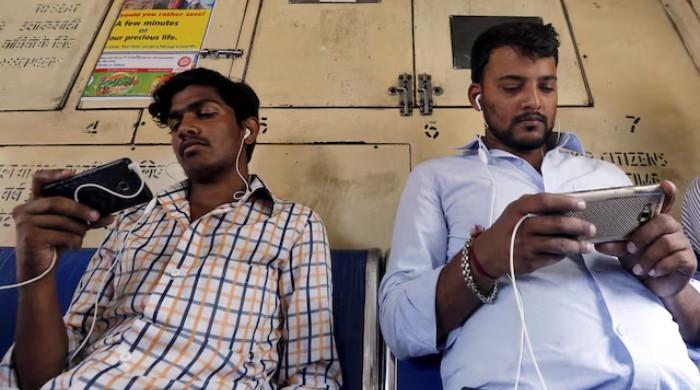Misinformation Plagues Indian Media During 2023 Pakistan Conflict
A wave of misinformation swept through Indian news channels during a period of heightened conflict with Pakistan in May 2023, seriously undermining the public’s understanding of the events. An investigation by The Washington Post revealed a pattern of fabricated stories, unverified claims, and the use of manipulated visuals that painted a distorted picture of the situation. This "parallel reality," as described by former Indian Foreign Secretary Nirupama Rao, was fueled by hyper-nationalism and a lack of official communication, leaving a void readily filled by sensationalist reporting.
The most egregious example cited was a false report about a coup attempt in Pakistan, originating from a WhatsApp message circulated by state-owned broadcaster Prasar Bharati. This claim, quickly amplified by major news networks, falsely asserted the arrest of Pakistan’s army chief, General Asim Munir. This incident highlighted the alarming ease with which misinformation could spread through the Indian media landscape and the lack of rigorous fact-checking within newsrooms.
Numerous other fabricated stories emerged during this period. News channels falsely reported Indian forces entering Pakistan, the Pakistani prime minister surrendering or hiding, and the destruction of major Pakistani cities. To bolster these claims, networks aired footage from unrelated conflicts, plane crashes, and even video games. This blatant disregard for journalistic ethics raised serious concerns about the credibility and responsibility of the Indian media.
The proliferation of misinformation can be attributed to several factors. India’s media landscape, while vast and diverse, has witnessed a decline in journalistic independence in recent years. Many large channels are seen as aligning their narratives with government talking points, either out of ideological sympathy or fear of reprisal. The government’s use of legal measures against critical journalists has further contributed to this atmosphere of self-censorship. Additionally, the competitive pressure within the media industry, combined with a perceived lack of access to official information, created an environment where sensationalism and speed often trumped accuracy.
Journalists within these newsrooms expressed their dismay at the lack of fact-checking and the reliance on unverified sources, including social media influencers and open-source intelligence accounts. The pressure to constantly provide updates and "breaking news" often led to the dissemination of false or misleading information. A hot mic incident on NDTV captured the frustration of a field reporter who was criticized for providing a fake update after being pressed by the control room for information. This incident encapsulates the flawed newsgathering process prevalent during this period.
The limited communication from Indian officials during the conflict further exacerbated the problem. Prime Minister Narendra Modi’s first public statement on the conflict came two days after the ceasefire, and Foreign Minister S. Jaishankar’s engagement on social media was minimal. This lack of official information allowed television anchors to fill the vacuum, often promoting narratives driven by speculation and jingoism. While some officials anonymously claimed that the misinformation campaign served India’s strategic interests by creating confusion among adversaries, others, including retired military personnel, expressed concern about the damaging consequences of such practices. The incident underscores the complex interplay between media, government, and public perception during times of international tension, raising serious questions about the future of journalism in India and its role in shaping public discourse on critical national security issues.


